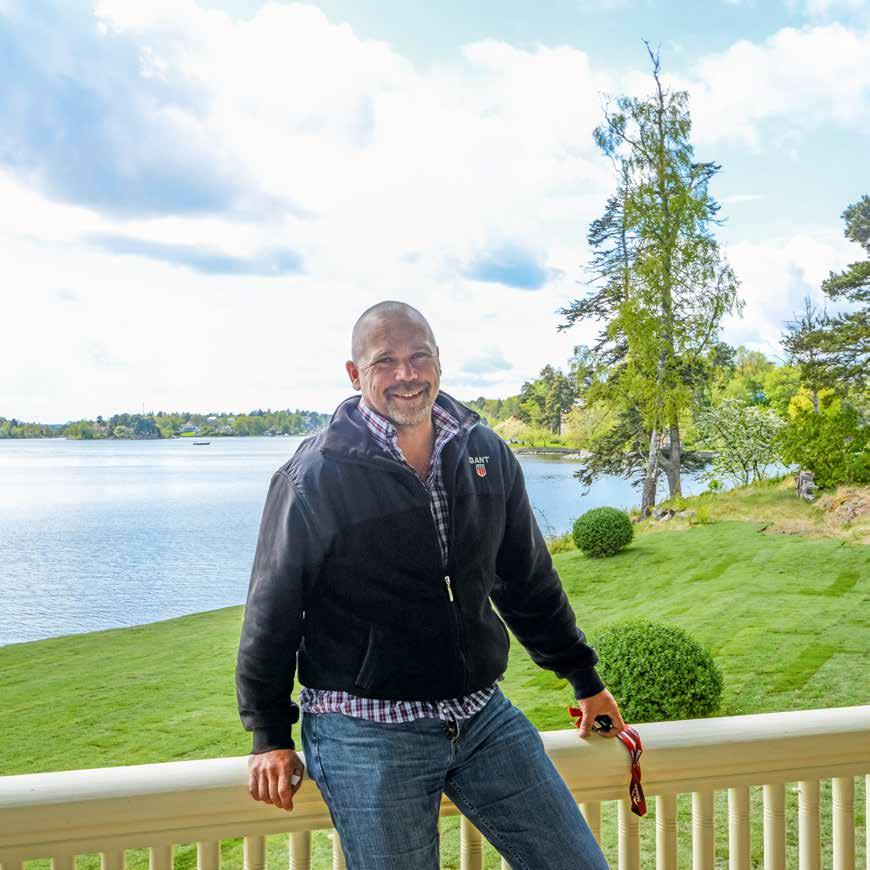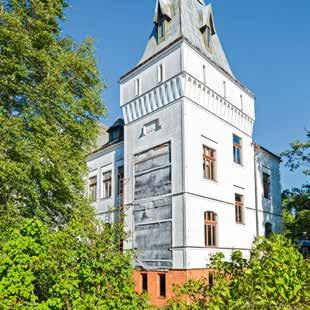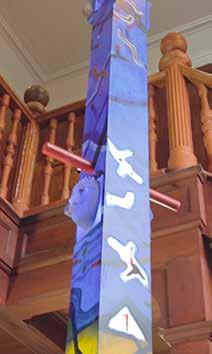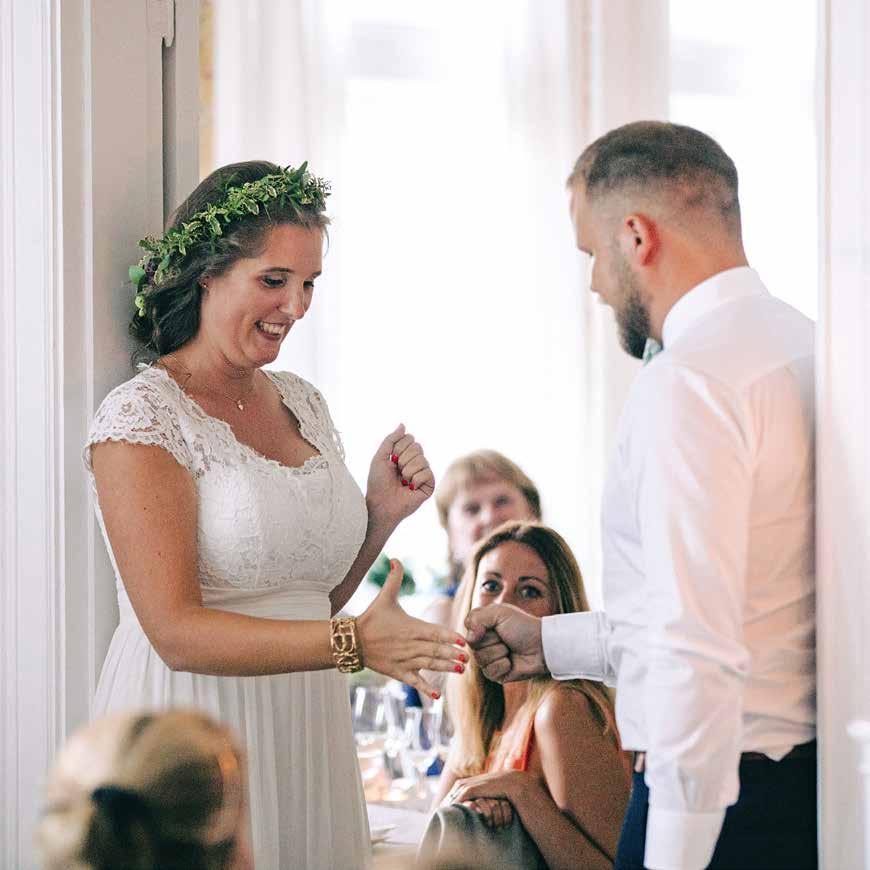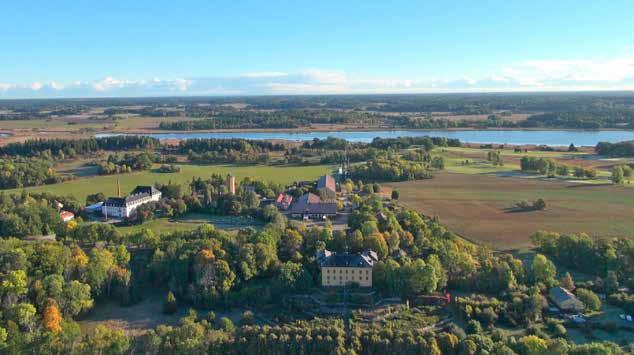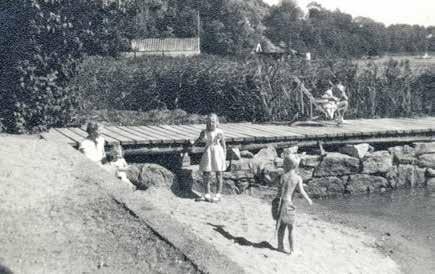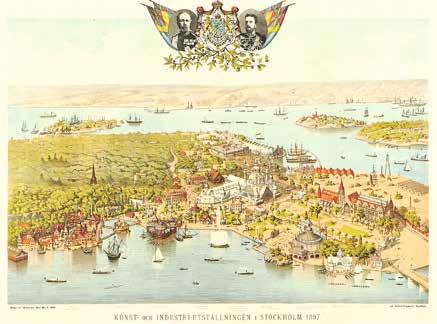
2 minute read
Timeline
1943 the family of the deceased Mr. Georg Steinwall sells the villa to Mrs. Maria Lövgren.
1944 The villa is sold to an entrepreneur Mr. Gustaf Åkerström.
Advertisement
1944−1945 The villa is used as a refugee camp for Finnish and Estonian nationals.
1949 The villa is bought by Mr. Mauritz and Msrs. Grethe Fagerström. It will stay within the family until 2015.
1950−1967 Mr. Mauritz och Mrs. Grethe Fagerström manage a summer school in the villa. 2015 the villa is bought by the property developers Sisyfosbruppen AB.
1898 the house is dismounted and moved out to the island on barges and erected at its current place.
1908 the brothers Gustaf and Georg Steinwall buys the Villa cojointly. 1916 Gustaf Steinwall gets married and sells his share of the house to his brother Georg.
1900 1920 1940 1960 1980 2000
1905 Albert Einstein publishes his theory of relativity 1914–1918 First World War. Sweden remains neutral. 1936 the 'Folkskola' is extended to a compulsury seven year education.
From the latter half of the 19th century until the 1920´s 1,5 million Swedes emigrate, primarily to the USA. 1918 Democratic representative reform, All men, and women achieve equal voting rights. 1939–1945 Second World War. Sweden remains neutral. 1950 The Swedish Parliament passes a law making 9 years of education compulsory. 1973 The oil crises cause panic over the world. 1989 The Berlin Wall is torn down.
1917–1955 Sweden has an extensive alcohol rationing system, the Bratt system or Motbok, using social profiling to estimate citizens allocated rations. 2001 Two airplanes crash into the World Trade Center in New York on the 11th of 1995 Sweden September. holds a referendum and becomes a member of the European Union. 2004 The population in Sweden excedes 9million.
Mid- to late 19th century. Revival styles. A tendency during the industrialization lo look back and use the shapes and forms of earlier ages often using modern, mass-produced techniques. 20th century. Breakthrough of Modernism. 1920–1930 Art déco. A sub sequel- style of Art Nouveau that enhances individual taste and particular and decorative shapes. 1930–1960 Functionalism, s.k. funkis, a Swedish version of modernism. Recognised through its flat, plaster covered facades with equally flat ceilings and box-like buildings. 1970–1980 Postmodernism. A style breaking with much of the rules connected to modernism. Known to refer to older architectural styles on a free basis but using modern materials such as concrete and glass.
The architect Fredrik Dahlberg designed the administrative building (far left) of the Stockholm Exhibition in 1897. Its beautifully plastered and painted façade fooled visitors and architecture experts alike into believing that it was made of brick and granite instead of wood framing.

